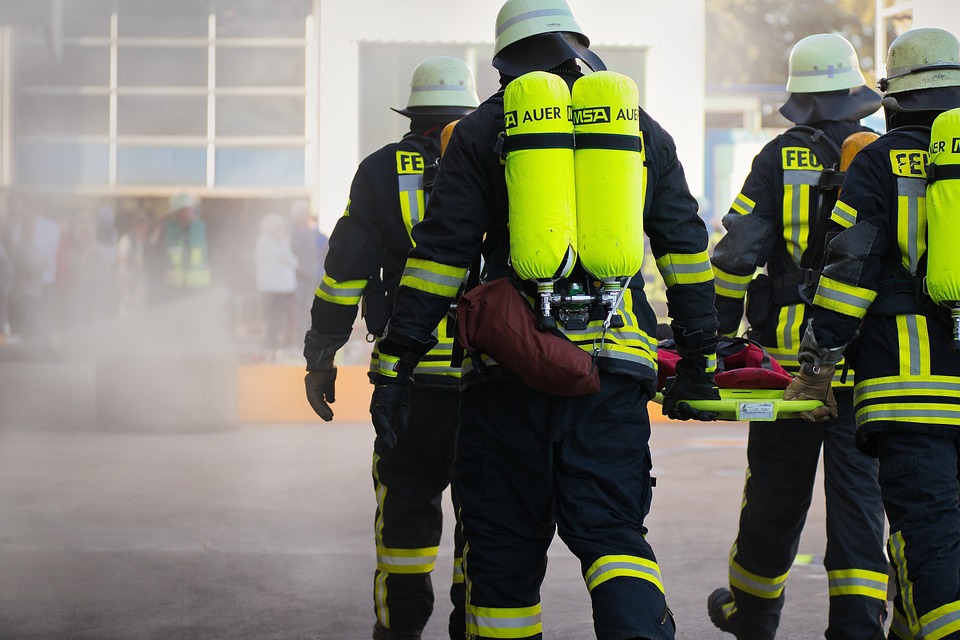The Importance of Risk Assessment in Workplace Safety
Workplace safety is a vital aspect of any organization, as it ensures the well-being of employees and prevents accidents and injuries. One of the key components of ensuring workplace safety is conducting risk assessments. Risk assessments help identify potential hazards and assess the level of risk associated with them, allowing employers to implement proper control measures to prevent accidents and injuries. In this article, we will explore the importance of risk assessment in workplace safety and how it contributes to creating a safe and healthy work environment.
Identifying Hazards
The first step in conducting a risk assessment is to identify potential hazards in the workplace. These hazards can vary depending on the nature of the work environment, but common examples include slippery floors, faulty machinery, hazardous chemicals, and poor lighting. By identifying these hazards, employers can take proactive measures to eliminate or control them, reducing the risk of accidents and injuries.
During a risk assessment, employers should consider both physical and psychological hazards. Physical hazards include dangers such as moving machinery, extreme temperatures, and ergonomic risks, while psychological hazards can include stress, bullying, and harassment. By identifying and addressing both types of hazards, employers can create a safer and healthier work environment for employees.
Assessing Risk
Once hazards have been identified, the next step is to assess the level of risk associated with each hazard. Risk assessment involves evaluating the likelihood of a hazard causing harm and the potential consequences of that harm. By assessing risk, employers can prioritize hazards based on their level of risk and implement control measures accordingly.
Risk assessment allows employers to determine the most effective control measures to reduce or eliminate risks in the workplace. Control measures can include engineering controls, administrative controls, and personal protective equipment. By implementing these measures, employers can create a safer work environment and reduce the likelihood of accidents and injuries.
Preventing Accidents and Injuries
The primary goal of risk assessment in workplace safety is to prevent accidents and injuries. By identifying hazards, assessing risk, and implementing control measures, employers can reduce the likelihood of incidents occurring in the workplace. This not only protects the well-being of employees but also helps organizations avoid the financial and reputational costs associated with accidents and injuries.
Additionally, conducting risk assessments can help organizations comply with legal requirements related to workplace safety. Many countries have regulations in place that require employers to assess and control risks in the workplace to ensure the health and safety of employees. By conducting regular risk assessments, employers can demonstrate their commitment to workplace safety and avoid potential fines or legal action.
Promoting a Safety Culture
Risk assessment is not just a one-time activity – it is an ongoing process that helps organizations promote a safety culture. By involving employees in the risk assessment process, employers can increase awareness of potential hazards and encourage a proactive approach to safety in the workplace. When employees understand the risks associated with their work environment and know how to mitigate those risks, they are more likely to take safety precautions and prevent accidents and injuries.
Furthermore, by continually evaluating and updating risk assessments, employers can adapt to changing work environments and new hazards that may arise. This proactive approach to risk assessment demonstrates a commitment to workplace safety and helps organizations create a culture where safety is a top priority for everyone.
Conclusion
Risk assessment is a crucial aspect of workplace safety that helps organizations identify hazards, assess risk, and prevent accidents and injuries. By conducting regular risk assessments, employers can create a safe and healthy work environment for employees, comply with legal requirements, and promote a safety culture within the organization. Investing time and resources in risk assessment is a proactive way to protect the well-being of employees and ensure the long-term success of the organization.
